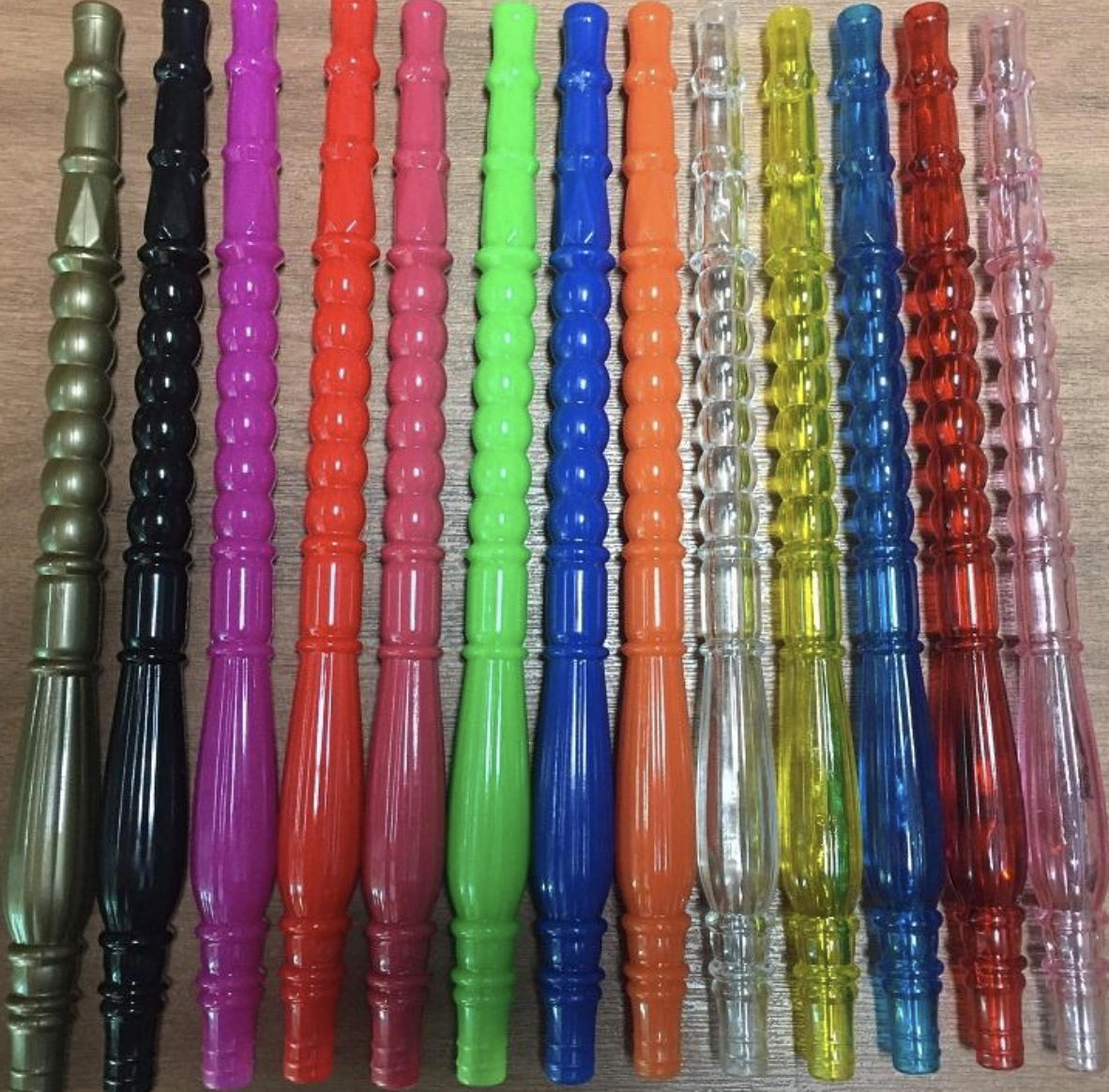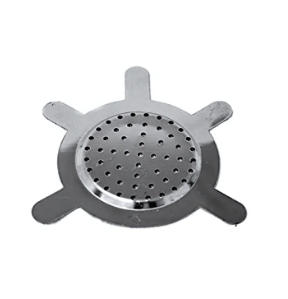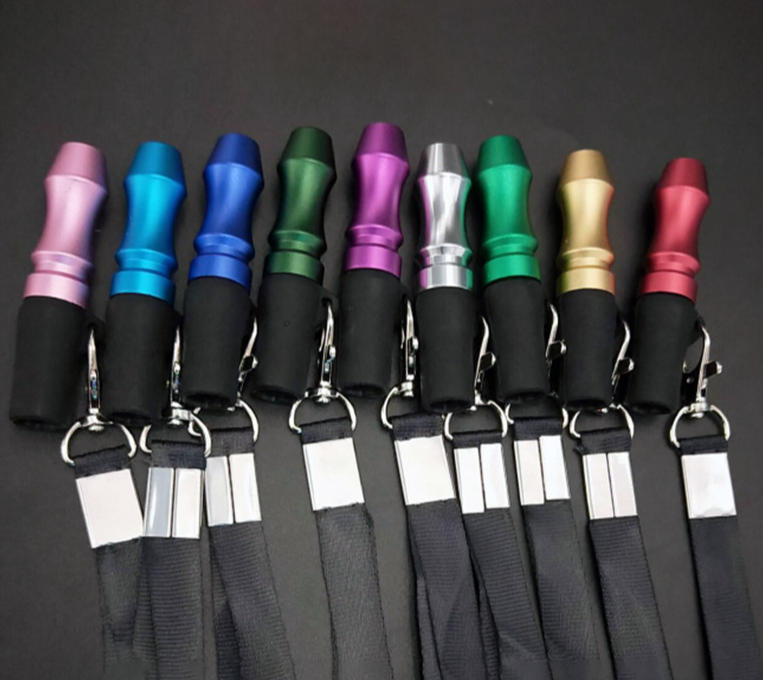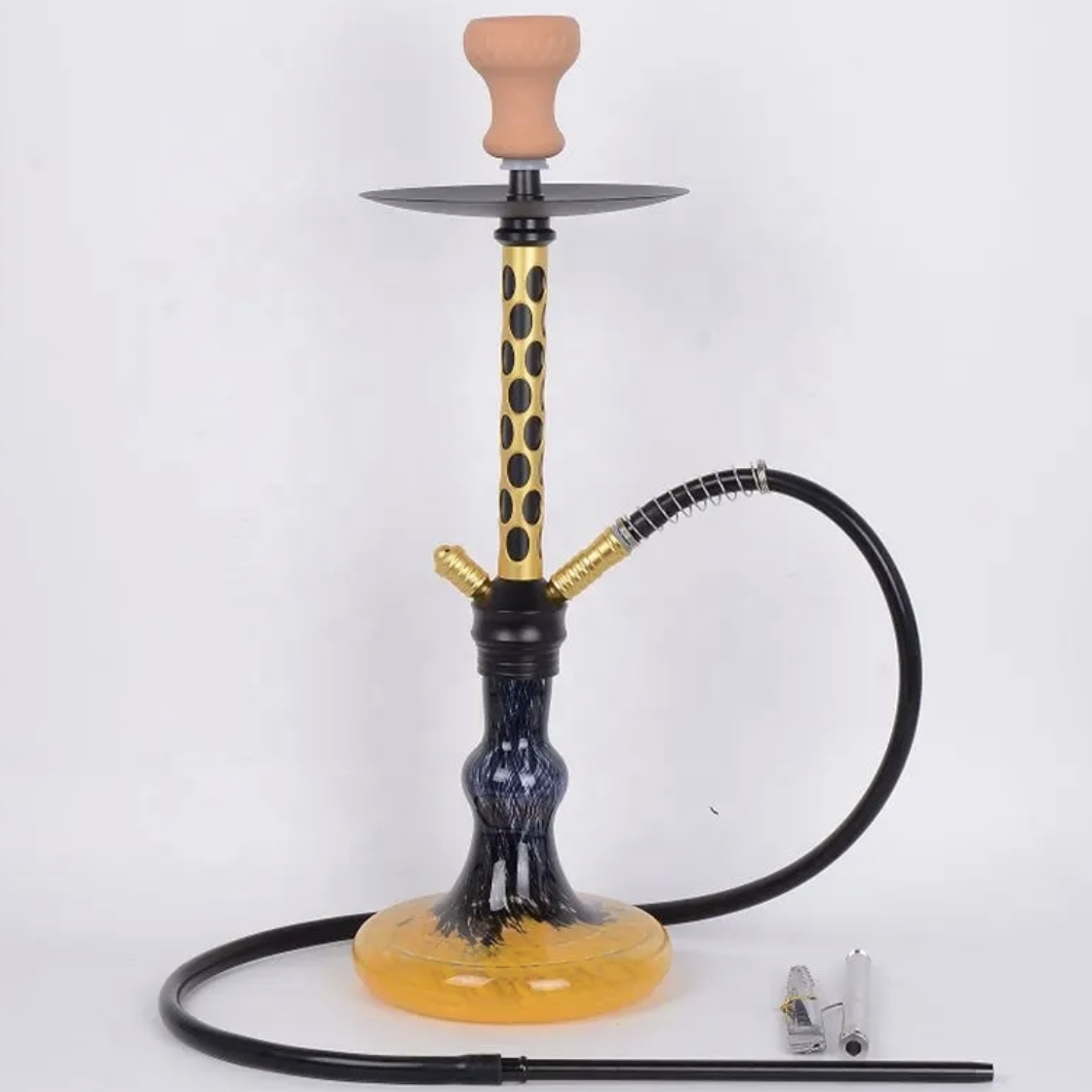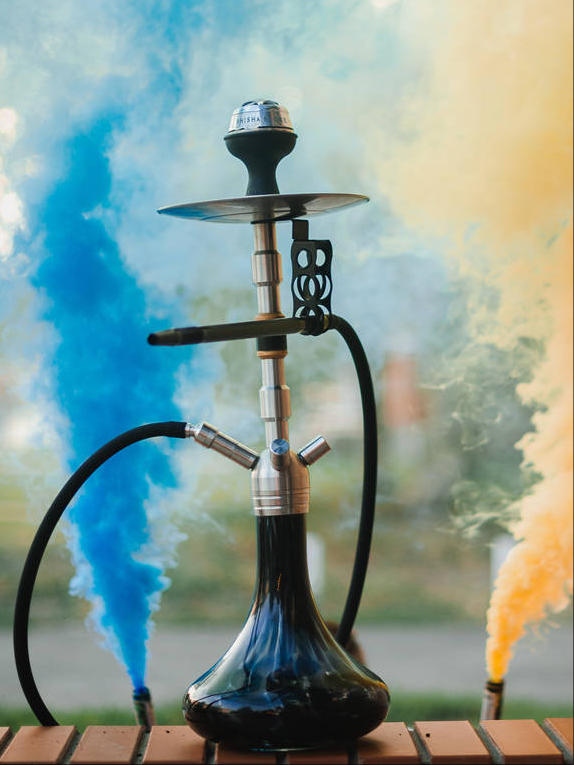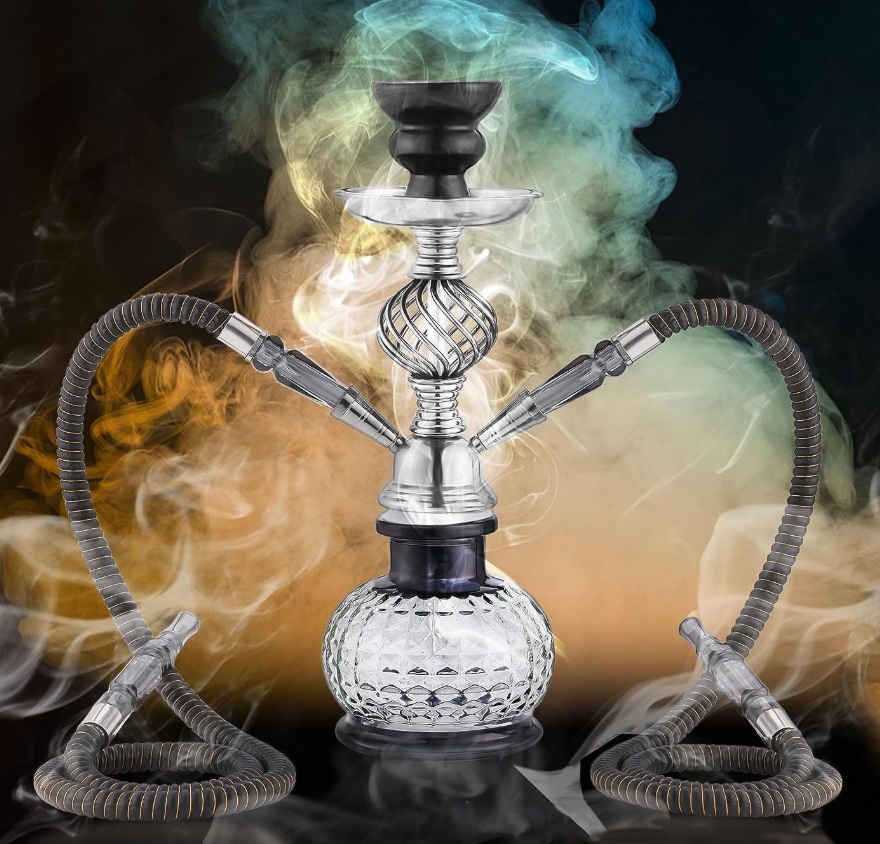What Does Hookah Have in It?
Table of Contents
- Introduction
- What is Hookah?
- Main Components of Hookah Tobacco
- Other Substances Smoked in Hookahs
- Health Implications of Hookah Ingredients
- How to Choose Safe Hookah Products
- Conclusion
What Does Hookah Have in It?
Introduction
Hookah, also known as shisha, narghile, or waterpipe, has gained popularity worldwide, particularly among young adults seeking a social and flavorful smoking experience. As a hookah wholesale supplier with years of experience in the industry, I’ve seen firsthand the curiosity surrounding what goes into a hookah session. Many wonder, “What does hookah have in it?” This question is critical not only for enthusiasts but also for those concerned about health and safety. In this article, we’ll explore the components of hookah, including traditional tobacco, herbal alternatives, and other substances, while providing actionable insights to ensure a safe and enjoyable experience. Drawing from my expertise and reliable data, this guide aims to clarify what’s in a hookah and how to make informed choices.
What is Hookah?
To understand what is in a hookah, it’s essential to first grasp what a hookah is. A hookah is a smoking device that uses water to filter smoke, typically consisting of a bowl, hose, water base, and stem. Users fill the bowl with a substance—most commonly flavored tobacco, also called shisha—and heat it with charcoal to produce smoke, which is then inhaled through a hose. According to the Centers for Disease Control and Prevention (CDC), hookah smoking has surged among young adults, with prevalence increasing from 17% to 19% among 12th graders between 2010 and 2011. My experience running a hookah lounge confirms this trend, as I’ve observed a diverse crowd drawn to the social and aromatic appeal of hookah sessions. But what exactly are they smoking? Let’s dive into the core ingredients.
Main Components of Hookah Tobacco
The primary substance smoked in a hookah is shisha, a blend designed to deliver a smooth, flavorful experience. So, what is in hookah tobacco? Shisha typically consists of the following components:
- Tobacco Leaf: The base of most shisha is shredded tobacco, often Virginia or Burley varieties, which provides the nicotine content. A study by Shihadeh (2003) notes that tobacco in hookahs contains nicotine levels comparable to cigarettes, contributing to its addictive potential.
- Molasses or Honey: These sweeteners are mixed with tobacco to create a sticky, moist texture that burns slowly, producing thick smoke. This is why shisha feels wet compared to cigarette tobacco.
- Flavorings: Fruit, mint, and dessert-like flavors (e.g., Love 66 hookah flavor or double apple) are added to enhance taste. These flavorings, often derived from dried fruits or artificial extracts, make hookah smoke less harsh than cigarette smoke.
- Glycerin: This humectant helps maintain moisture and enhances smoke production, ensuring a pleasant experience. Brands like Al Fakher and Starbuzz prioritize glycerin for consistent quality.
As a wholesaler, I’ve worked with brands like Al Fakher and Khalil Mamoon, ensuring that our shisha meets quality standards. For those asking, “What’s in a hookah?” these ingredients form the backbone of the traditional hookah experience. However, not all hookah sessions involve tobacco, as we’ll explore next.
Other Substances Smoked in Hookahs
While tobacco-based shisha is the most common, many users experiment with alternative substances, raising questions about what does a hookah do when non-traditional materials are used. Based on a 2010 study of 3,447 college students in North Carolina, 44% reported smoking hookah, with the following substances noted:
- Herbal Shisha: Marketed as a nicotine-free alternative, herbal shisha replaces tobacco with herbs or fruit pulp mixed with molasses. Despite claims of being “0% tar,” research by Shihadeh et al. (2012) shows that herbal shisha produces similar levels of toxicants like carbon monoxide and polycyclic aromatic hydrocarbons (PAHs) as tobacco-based shisha. I’ve seen customers at my lounge opt for herbal options like Al Fakher hookah flavors, believing they’re safer, only to learn the risks are comparable.
- Marijuana and Hashish: The same study found that 45% of hookah users smoked marijuana, and 18% used hashish in their hookahs. This trend is particularly prevalent among college students, with latent class analysis identifying a “Poly-Substance Users” group (23%) who combine marijuana, hashish, and flavored tobacco. As a supplier, I’ve heard anecdotal reports of customers using hookahs for cannabis, though this is less common in regulated lounge settings.
- Other Substances: Rarely, users may experiment with other materials, but these are not standard and can pose significant health risks due to unpredictable combustion byproducts.
For those wondering, “What’s in hookah?” these findings highlight the diversity of substances used. If you’re considering trying new materials, consult with a reputable hookah shop to ensure safety and compliance with local laws.
Health Implications of Hookah Ingredients
Understanding what does hookah have in it is crucial for assessing its health impact. Hookah smoking carries risks comparable to, or greater than, cigarette smoking, as outlined by Akl et al. (2010) in a systematic review linking hookah use to lung cancer, respiratory illness, and periodontal disease. Here’s a breakdown of the health concerns:
- Nicotine and Addiction: Tobacco-based shisha contains nicotine, which can lead to dependence. The CDC reports that a single hookah session can deliver as much nicotine as 10 cigarettes, depending on duration and puff frequency.
- Toxicants from Charcoal: The charcoal used to heat shisha produces carbon monoxide, hydrocarbons, and heavy metals, as noted by Shihadeh (2003). These contribute to cardiovascular risks and cancer. In my lounge, we switched to coconut-based hookah coals to reduce some toxicants, though risks remain.
- Herbal Shisha Risks: Despite being nicotine-free, herbal shisha generates similar levels of harmful compounds like PAHs, debunking the myth of safety (Shihadeh et al., 2012).
- Infectious Disease: Sharing a hookah hose can spread infections like herpes or tuberculosis. Using disposable hookah tips is a practical step I recommend to lounge owners to mitigate this risk.
For those asking, “Does hookah have nicotine?” or “Is hookah bad for you?,” the answer depends on the substance used, but all carry health risks due to toxicant exposure. Awareness of these risks empowers users to make informed decisions.
How to Choose Safe Hookah Products
Given the variety of substances and health concerns, selecting safe hookah products is essential. Here are actionable tips based on my experience as a wholesaler:
- Choose Reputable Brands: Opt for trusted brands like Al Fakher, Starbuzz, or Khalil Mamoon, which adhere to quality standards. Check product labels for ingredient transparency. For example, Al Fakher’s hookah tobacco lists clear ingredients, ensuring you know what is in a hookah.
- Use Natural Coals: Coconut-based coals, such as those from CocoNara, produce fewer toxicants than quick-light coals. Heat them thoroughly on a hookah coal burner to minimize carbon monoxide.
- Sanitize Equipment: Clean your hookah regularly with warm water and a brush to prevent residue buildup. I recommend a weekly deep clean for lounge owners to maintain hygiene.
- Opt for Disposable Tips: Use individual hookah mouth tips to prevent disease transmission in social settings.
- Check Local Regulations: If experimenting with non-tobacco substances, ensure compliance with local laws, as marijuana or hashish use may be illegal in some areas.
For reliable products, visit Smoking-Hookah.com or Hookah-Shisha.com for authentic supplies. These steps help ensure a safer hookah experience while addressing concerns about what does hookah have in it.
Conclusion
In summary, what is hookah made of? Hookah primarily involves smoking flavored tobacco (shisha) composed of tobacco leaf, molasses, flavorings, and glycerin. However, users also experiment with herbal shisha, marijuana, and hashish, each carrying unique health risks. As a hookah enthusiast and wholesaler, I’ve seen the appeal of flavors like Love 66 hookah or mint, but I urge users to prioritize safety by choosing quality products and maintaining hygiene. By understanding what’s in a hookah and following practical tips, you can enjoy this social tradition responsibly. For more information, explore trusted resources like the CDC’s tobacco page or consult your local hookah store for guidance.

